It’s important to be aware of the presence of toxic plants in Texas, whether you live there or are just visiting. Though you should expect the vast majority of plants you see to be non-threatening, you can never be too careful.
When consumed by people or cattle, these plants can be fatal. It’s important to be careful with certain plants since even a minor scratch can cause serious harm. This is a very important warning. Spending a lot of time outside means you’re more likely to encounter hazardous plants, so it’s smart to always dress appropriately.
Additionally, if you are a new resident of Texas, it is imperative that you familiarize yourself with the state’s toxic flora before allowing your children unsupervised access to the backyard. Something poisonous may be sprouting in there, for all you know.
6 of The Most Common Poisonous Plants In Texas
The following is a list of some of the potentially poisonous plants you could find in the state of Texas. Keep in mind that the local areas could have other poisonous plants as well.
Pokeweed
The Pokeweed is, without a sought, a potentially dangerous plant. This incredibly rapid grower originated in the East but may now be found in all 50 states. Pokeweed is a common weed in open fields, fencerows, and other places where the soil has been disturbed.
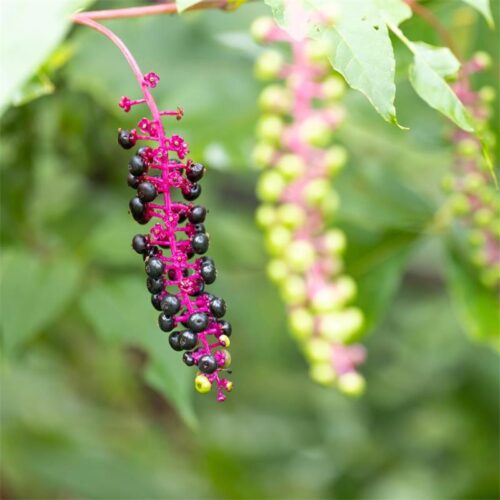
It can outgrow and outcompete any neighboring plant with relative ease. The autumn harvest brings blackberries to this plant’s big, green leaves. Don’t worry if you haven’t seen this beast before.
Because of its staggering height, it will be instantly recognizable. Pokeweed berries, like the rest of the plant, contain a toxin. Pokeweed is a common pasture weed that has been linked to the illness and death of livestock.
Wisteria
A stunning blooming vine that, when trained to climb a trellis or the side of a structure, displays stunning purple and blue blossoms. Don’t fall for it. The most stunning natural features aren’t always the safest.
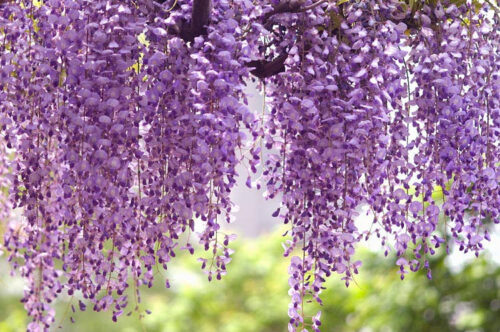
Wisteria is harmful everywhere, including its seeds, leaves, and stem. Confusion, trouble speaking, nausea, stomach discomfort, dizziness, and diarrhea are among the symptoms of wisteria poisoning.
Poison Ivy
There are many poisonous plants in Texas, but one of the most well-known is poison ivy. This plant can be found in wooded areas, near streams, and in open fields. Poison ivy is a member of the Anacardiaceae family, which also includes poison oak and poison sumac. The plant contains a toxic compound called urushiol, which can cause severe allergic reactions in some people.
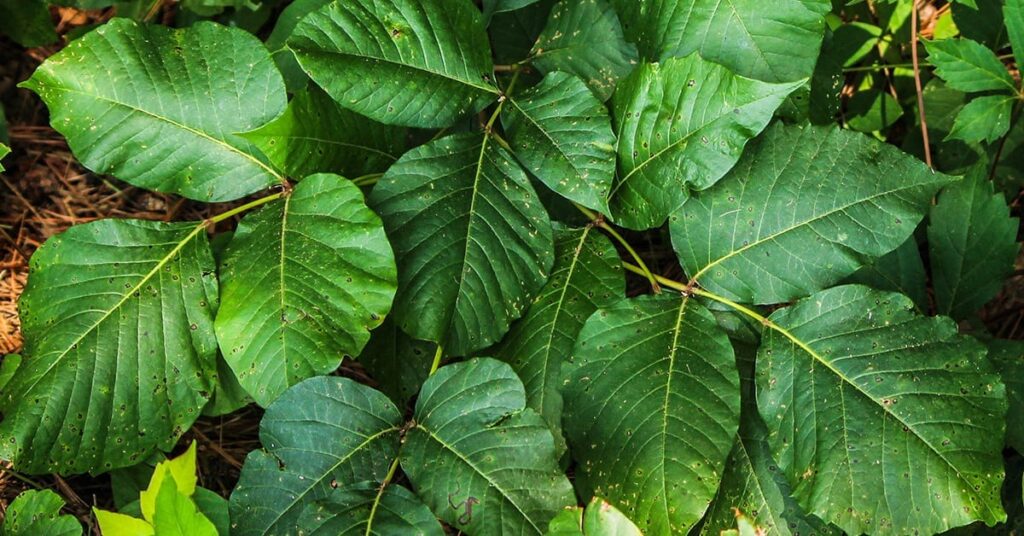
Symptoms of a poison ivy reaction include itching, redness, swelling, and blistering of the skin. If you come into contact with this plant, it is important to wash the affected area immediately with soap and water.
For up to five years after poison ivy has been removed, urushiol can still be found on contaminated clothing, equipment, and even trees. Poison ivy or wood that ever harbored it should never, ever be burned.
After urushiol has dispersed into the air, it can be breathed, triggering severe allergic responses in the pharynx and oral cavity.
Bull Nettles
People may know to keep away from bull nettles because they seem furious and have sharp thorns. The massive root systems of native bull nettles allow them to thrive in dry conditions.
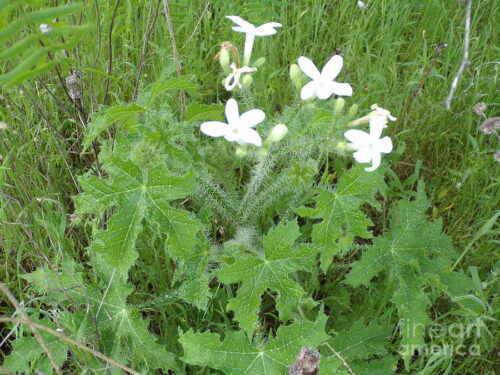
Needles that seem this frightening really contain a chemical that can cause painful burning that lasts for up to an hour. Bull nettle stings can be treated using a paste made from water and baking soda once the spine has been removed. To alleviate the sting, rub the remedy into your skin.
Poison Hemlock
Poison Hemlock (Conium Maculatum) is a highly poisonous plant that can be found growing in the wild in many parts of the world. The plant has been used as a poison for centuries, and its toxicity has been well-documented. Poison Hemlock is most commonly found in damp, marshy areas, and it can also be found growing in dry, open fields.
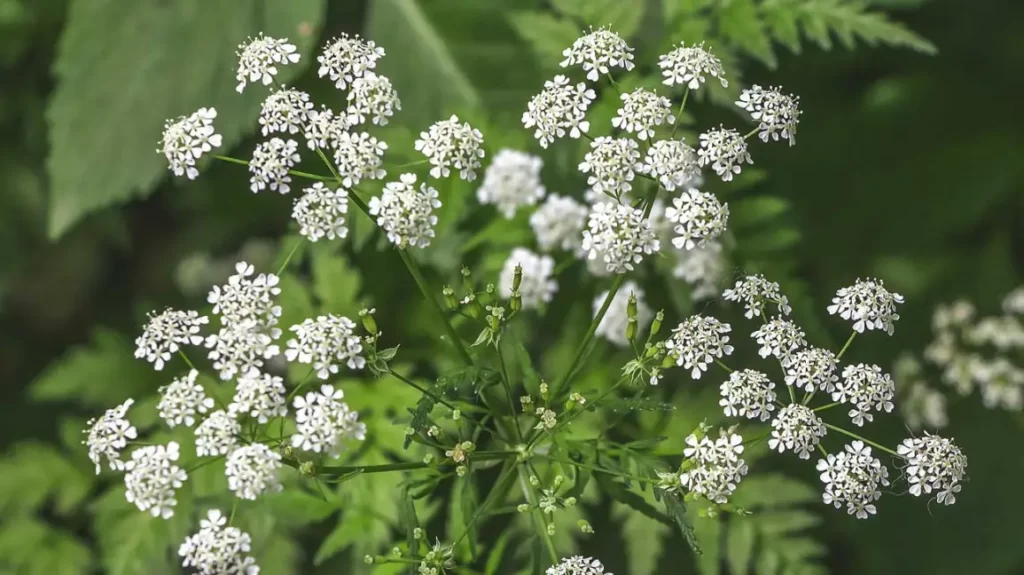
The plant can reach a height of up to six feet, and its leaves are large and ovate-shaped. The flowers of Poison Hemlock are small and white, and they grow in clusters. The fruit of the plant is a small blackberry. All parts of Poison Hemlock are toxic, but the leaves and seeds are the most poisonous parts of the plant.
Poison Hemlock contains several toxic compounds, including coniine, conhydrine, and pseudaconitine. These compounds act on the nervous system and can cause paralysis and death. Symptoms of Poison Hemlock poisoning include nausea, vomiting, diarrhea, abdominal pain, muscle weakness, tremors, convulsions, and respiratory failure.
Death from Poison Hemlock poisoning typically occurs within two to six hours after ingestion of the plant. There is no specific antidote for Poison Hemlock poisoning, so treatment focuses on supportive care.
If you suspect that someone has ingested Poison Hemlock, it is important to seek medical attention immediately. If you come into contact with the plant, it is important to wash your skin thoroughly with soap and water to remove any toxins that may be present on the surface of the plant.
Ilex (Holly)
Ilex (Holly) is a plant that can be found in many parts of the world. It is most commonly known for its poisonous berries, which can cause vomiting, diarrhea, and even death if consumed in large quantities.
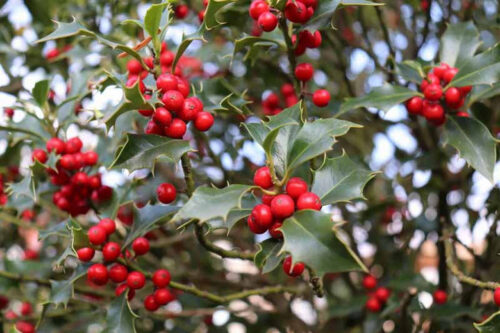
The plant is also known to be mildly toxic to humans and animals if ingested, so it is important to be aware of these dangers if you have holly growing in your yard or are planning on planting it. Despite its poisonous berries, holly is actually a very popular plant for landscaping and ornamental purposes.
It has glossy green leaves and bright red berries that make it a festive addition to any holiday decor. If you are planning on adding holly to your holiday decorations this year, make sure to keep it out of reach of small children and pets who might be tempted to eat the berries. While holly is mostly known for its toxicity, the plant does have some medicinal properties as well.
Holly leaves have been used in traditional Chinese medicine for centuries to treat a variety of ailments, such as fevers, colds, and headaches. And while there is no scientific evidence to support these claims, some people believe that holly can also help boost the immune system and improve circulation.
If you are interested in trying holly for its medicinal benefits, you can find dried holly leaves at most health food stores or online. Simply brew a cup of tea using two teaspoons of dried holly leaves per cup of water and drink it three times daily.
It is important to start with small doses and increase them gradually as needed. As with any herbal remedy, it is always best to consult with a healthcare professional before using holly or any other herbal remedy. While holly is generally considered safe when used as directed, there have been reports of people experiencing allergic reactions after coming into contact with the plant.
If you experience any itching, redness, or swelling after handling holly, wash the area with soap and water immediately and seek medical attention if the reaction persists. Overall, holly is a beautiful plant that can add a touch of holiday cheer to your home – just be sure to take care when handling it!
What are the symptoms of poisoning from a poisonous plant?
When it comes to poisonous plants, there are a few different ways that they can poison someone. The most common way is if the person ingests the plant. This can happen if they eat something that contains the plant or if they eat the plant itself. Other ways that someone can be poisoned by a poisonous plant is if they touch it and then touch their eyes or mouth or if they breathe in the pollen from the plant.
The symptoms of poisoning from a poisonous plant will vary depending on which plant it is and how much of it was ingested. However, some general symptoms to look out for include nausea, vomiting, diarrhea, abdominal pain, and cramping. If you think that you or someone else has been poisoned by a poisonous plant, it is important to seek medical attention immediately, as some types of poisoning can be very serious and even life-threatening.
Conclusion
It is important to be aware of the poisonous plants that can be found in Texas. By taking the time to learn about these plants, you can help keep yourself and your family safe when spending time outdoors. If you suspect that you or someone you know has been poisoned by a plant, seek medical attention immediately.